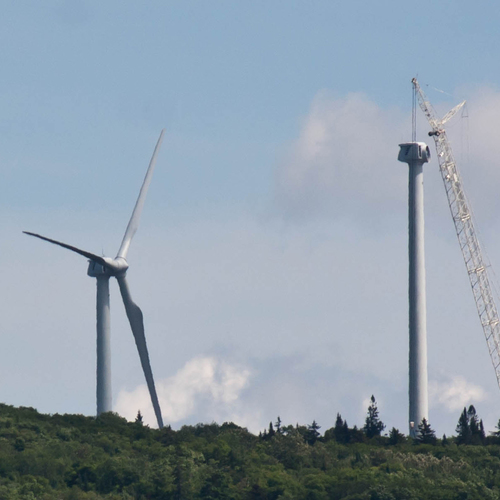
A pilot project to bring floating wind turbines to the Oregon coast hit a snag when two investor-owned utilities balked at the above-market rates they would have had to pay for the electricity, according to a report by the website BreakingEnergy.com.
The 30-megawatt WindFloat Pacific project proposed for a site about 20 miles off Coos Bay, Oregon, would have included five floating turbines. But the state’s largest investor-owned utilities, Pacific Power and Portland General Electric, weren’t willing to pay for electricity that costs three or four times as much as onshore wind-generated power, typically about 5 cents a kilowatt hour.
UtilityDive.com reported that the rates in Oregon could have been as high as 35 cents per kWh.
A bill in the Oregon legislature would have required the utilities to buy the electricity anyway, but the proposal never became law. Now the Department of Energy has warned that wind development projects in Oregon and elsewhere can’t continue to get funding unless they have agreements to sell the electricity. That deadline is coming up at the end of the month.
WindFloat backers are now left hoping that the Obama administration will give them a little slack.
Two other projects also face cost issues
The Oregon project was one of three selected by the Department of Energy last year to vie for as much as $47 million in federal funds to advance construction. The others are Fishermen’s Energy in New Jersey and Dominion Virginia Power’s VOWTAP, the website reported, but they, too, are facing cost challenges.
The cost of electricity generated by offshore turbines is much higher than for other renewables. Even in Europe, where offshore generating capacity is now more than 7 gigawatts, prices haven’t dropped as quickly as they have with solar or with onshore wind. Still, a report prepared for the European Wind Energy Association said that higher-capacity turbines and other factors could make offshore wind energy cheaper than coal, gas, or nuclear power by 2025 when all costs and benefits were weighted, BreakingEnergy.com said.
A 30-MW project under development off the coast of Rhode Island is expected to be operating before the end of 2016, but these turbines, like those in Europe, will be anchored to the sea floor in water just 100 feet deep. Electricity from the $300 million project will sell for 24.4 cents per kWh, not much above the average retail price of 20 cents per kWh in Rhode Island.
On the Pacific Coast, the continental shelf drops away too quickly to allow turbines to be anchored. Turbines located farther offshore can tap into a richer wind resource, and a report from a non-profit group in the U.K. predicted that floating turbines have the potential to produce power no more expensively than anchored turbines closer to shore.
But development costs are proving steep. The website said that the Fishermen’s Energy project hasn’t been able to win approval for a power purchase agreement that would start at 20 cents per kWh, and that Dominion Virginia Power announced in April that its project would be delayed a year because the only bid to build it was twice as much as they’d expected.
Weekly Newsletter
Get building science and energy efficiency advice, plus special offers, in your inbox.















0 Comments
Log in or create an account to post a comment.
Sign up Log in